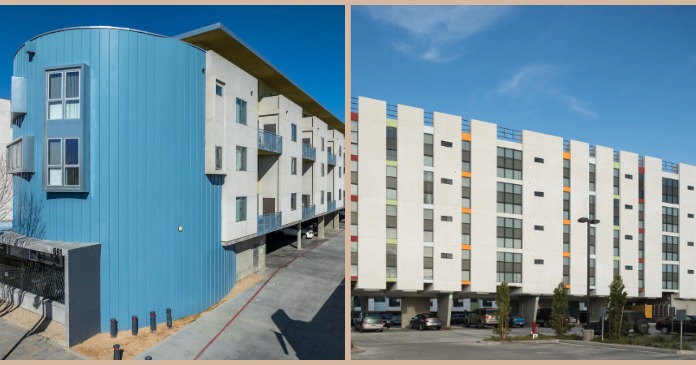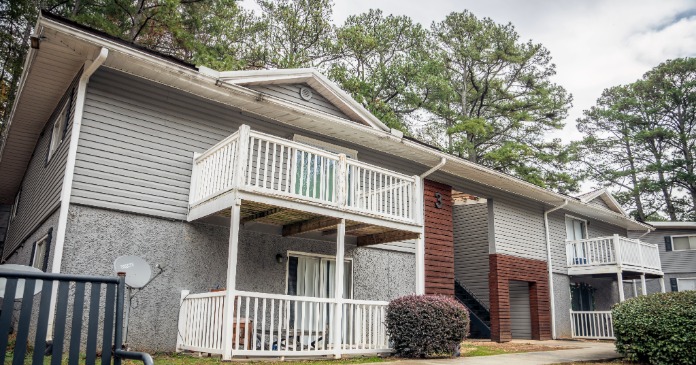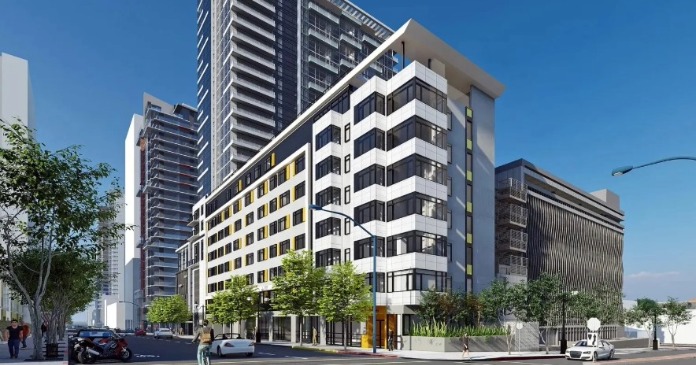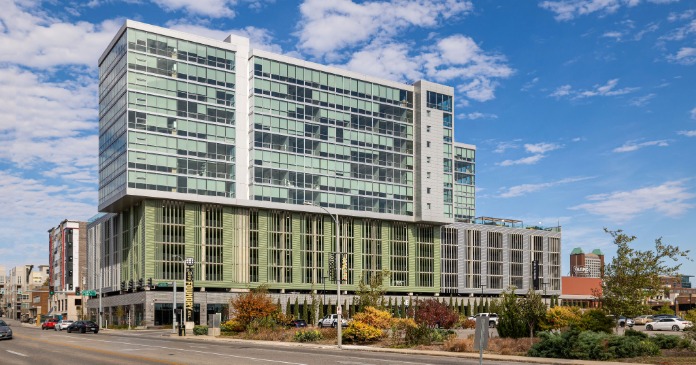Demand for apartments is likely to stay relatively strong. At the same time prices are likely to fall for all types of real estate property, according to the March 2023 edition of the Urban Land Institute (ULI) Real Estate Economic Forecast, a consensus forecast based on the median of three-year forecasts from 41 organizations, economists and analysts at 37 leading real estate investor advisory and research firms.
That is likely to create opportunities for some apartments investors—like public companies and private equity funds—that have cash on hand and are not dependent on hard-to-find, high-interest financing.
“Those who have kept their powder dry have more opportunity in the coming months and coming year ahead,” said Gwyneth Jones Cote, president, Americas, for the Urban Land Institute.
Recession worries fade
The U.S. economy is likely to grow slowly in 2023, at a rate of just 0.9 percent, according to the ULI Forecast. That’s a big improvement—just last year many leading economists predicted a short, deep recession in 2023, as officials at the U.S. Federal Reserve raised interest rates to fight inflation, followed by a quick recovery in 2024.
“There’s a sense of relief that there hasn’t been a recession,” said Anita Kramer, senior vice president of the ULI Center for Real Estate Economics and Capital Markets.
The unemployment rate in the U.S. is still likely to rise to 4.0 percent by the end of 2023, up from 3.5 percent at the end of 2022, according to the March 2023 forecast. That’s a huge improvement. In the October 2022 ULI Forecast, respondents expected the unemployment rate to rise all the way to 4.5 percent by the end of 2023.
Apartments are likely to perform relatively well, as the U.S. economy slowly grows and apartment markets absorb the tremendous number of new units now under construction, according to the ULI Forecast. The percentage of apartment vacant at the end of 2023 is expected to rise to 5.2 percent, up from 4.6 percent at the end of 2022. Many managers describe apartment buildings with 5 percent vacancies as “fully occupied.” Apartment rents are likely to grow by more than 5.0 percent a year in 2023 through 2025, even as inflation recedes, according to the forecast.
Despite these strong fundamentals, the number of real estate properties bought and sold is shrinking quickly. “Interest rates continue to be everyone’s concern right now,” said Kramer. “There is no sense of what pricing is really—and until the Fed is done, there isn’t going to be.”
Later this year, Interest rates are likely to finally stop rising and begin to fall, according to the Forecast. The benchmark yield on 10-year Treasury bonds is expected to drop back to 3.5 percent by the end of 2023, from 4.0 percent at the end of 2022.
Investors are expected to spend a total of just $425 billion to buy commercial and multifamily real estate properties in 2023, according to the forecast. That would be the smallest transaction volume of any year in the last decade: less than the $433 billion bought in 2020 and less than half the $860 billion brought in 2021. It would still be much higher than the volume of deals in every year from 2009 through 2013, over the long, slow recovery from the Global Financial Crisis.
Prices for real estate properties are still expected to shrink quickly, led by deep declines in the prices of office buildings, especially older office properties. The MSCI Real Assets index is expected to drop 8.0 percent in 2023, according to the forecast. Capitalization rates are expected to grow to 4.6 percent by the end of 2023, up from 4.0 percent at the end of 2022, according to the Forecast.
Lower prices might create opportunities for developers to buy existing buildings—like distressed malls or vacant office buildings—to redevelop as apartments.
“The decline in the older office—yes, that that does create some opportunities for conversion to multifamily,” said Kramer.
Author Bendix Anderson















